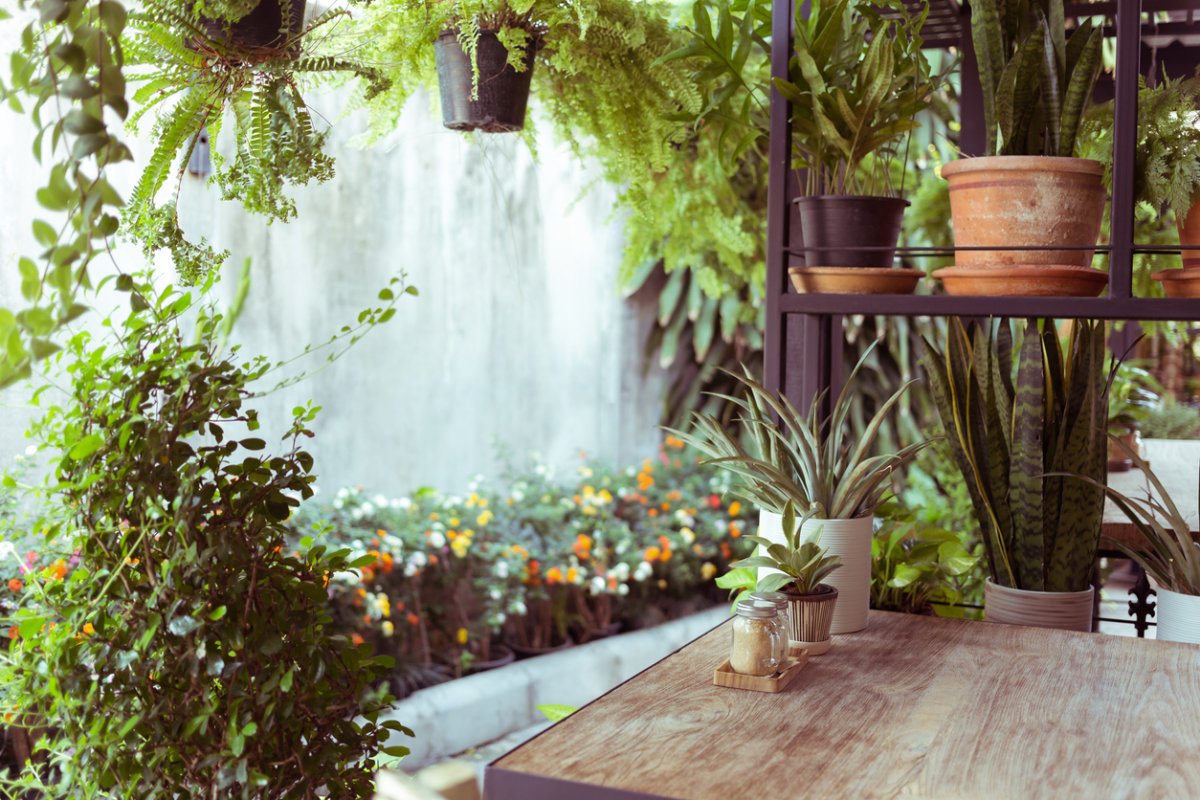

We may earn revenue from the products available on this page and participate in affiliate programs. Learn More ›
Although some houseplants reportedly help clean the air, others can trigger allergy symptoms by adding extra baggage—such as pollen or spores—to the air instead. Contact with the foliage of certain plants also can cause rashes in people with sensitive skin.
If your houseplants are aggravating your allergies, keep in mind that it isn’t always the plants themselves that are to blame. Mold in soil or the dust-coated leaves could be the actual culprit. Any of these eight houseplants, however, can and do cause allergies.
1. Ferns
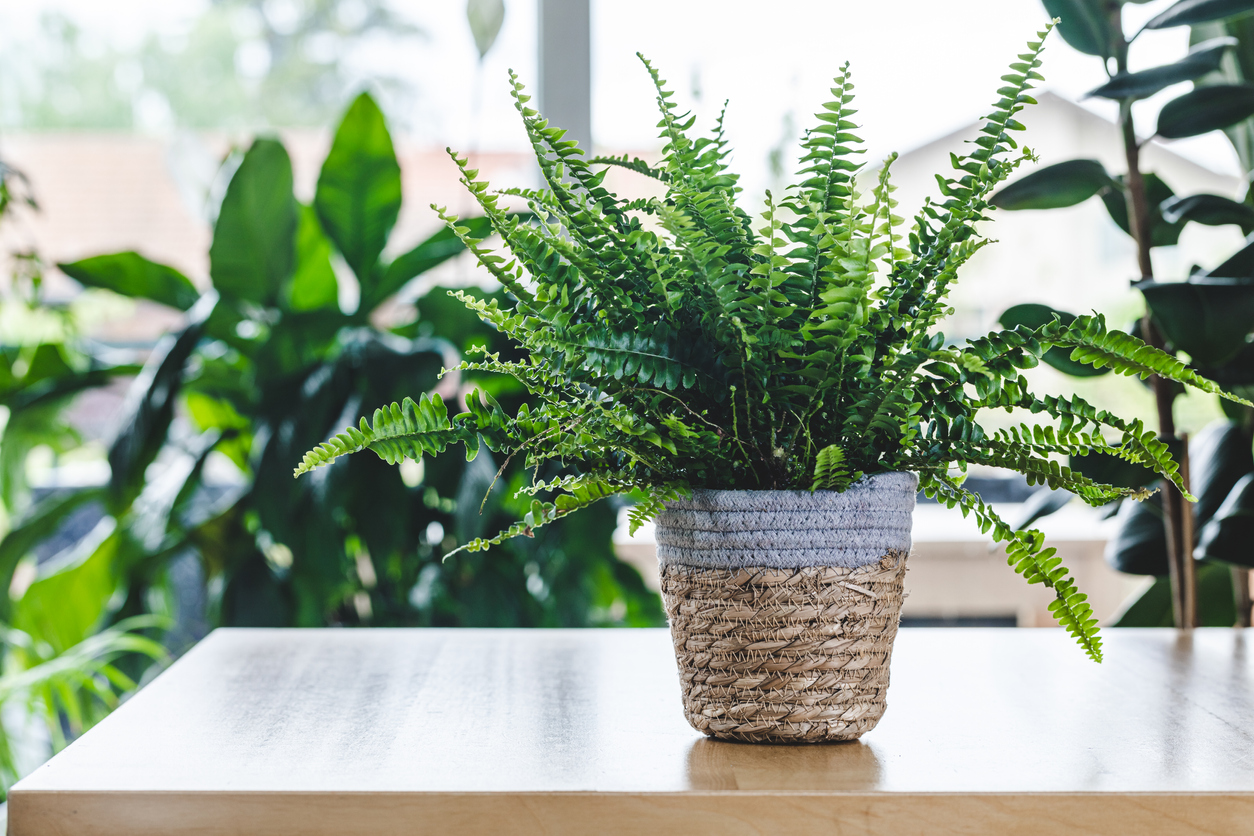
Since ferns don’t flower, some might assume they’re hypoallergenic plants. However, they reproduce via spores, which can be as irritating as pollen to some allergy sufferers. Fern fronds also can cause contact dermatitis in people who handle them often, and these rashes are likely attributable to the spores, too. Boston fern and staghorn fern reportedly don’t cause allergic reactions, so they seem like better choices for fern lovers who are sensitive to other varieties.
2. Figs
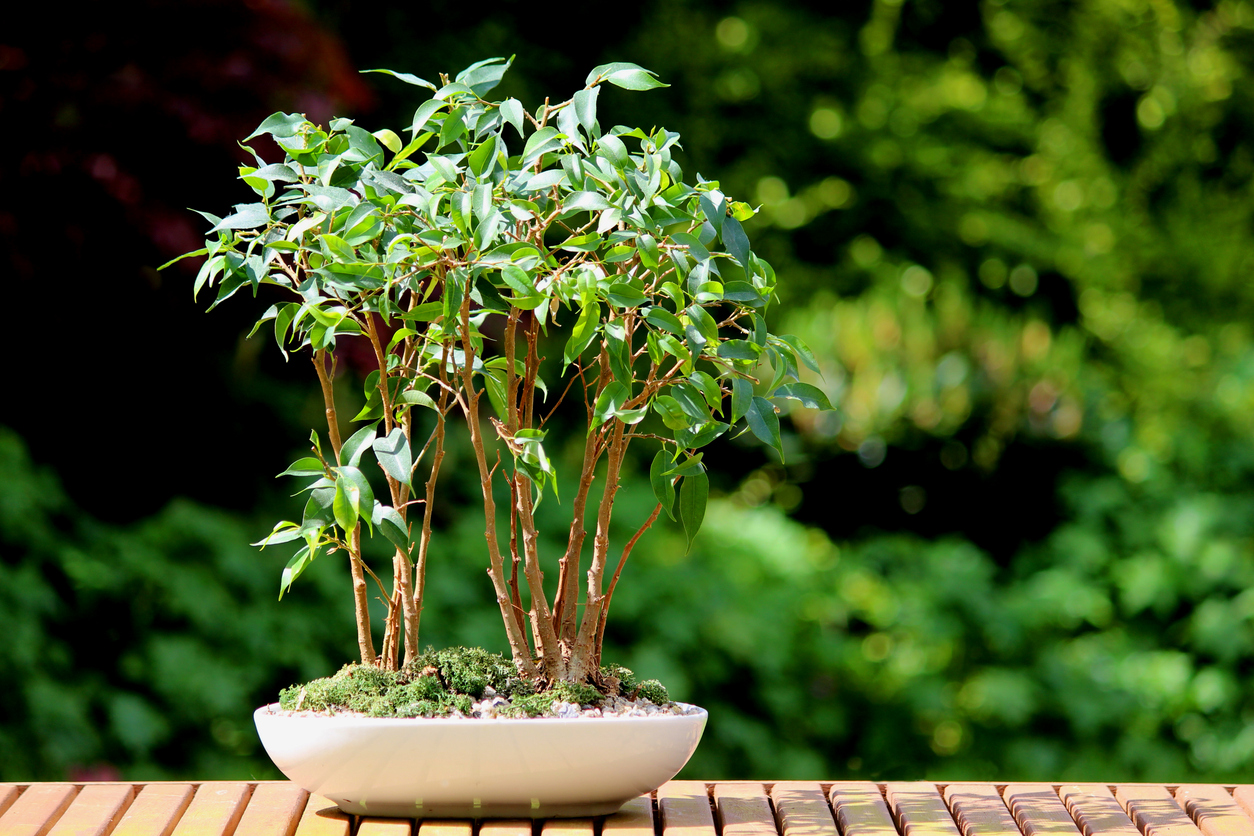
Decorative ficus species, such as weeping fig (Ficus benjamina), contain latex-like proteins in their sap. Therefore, the plants can be a problem for people with latex allergies, who may experience skin or eye irritation, coughing, or other symptoms, either from contact with the sap or through inhalation. Keep in mind that brushing against some figs can also make your skin more sensitive to the sun’s ultraviolet rays, potentially causing burns.
RELATED: 8 Plants Never to Grow Indoors
3. Orchids
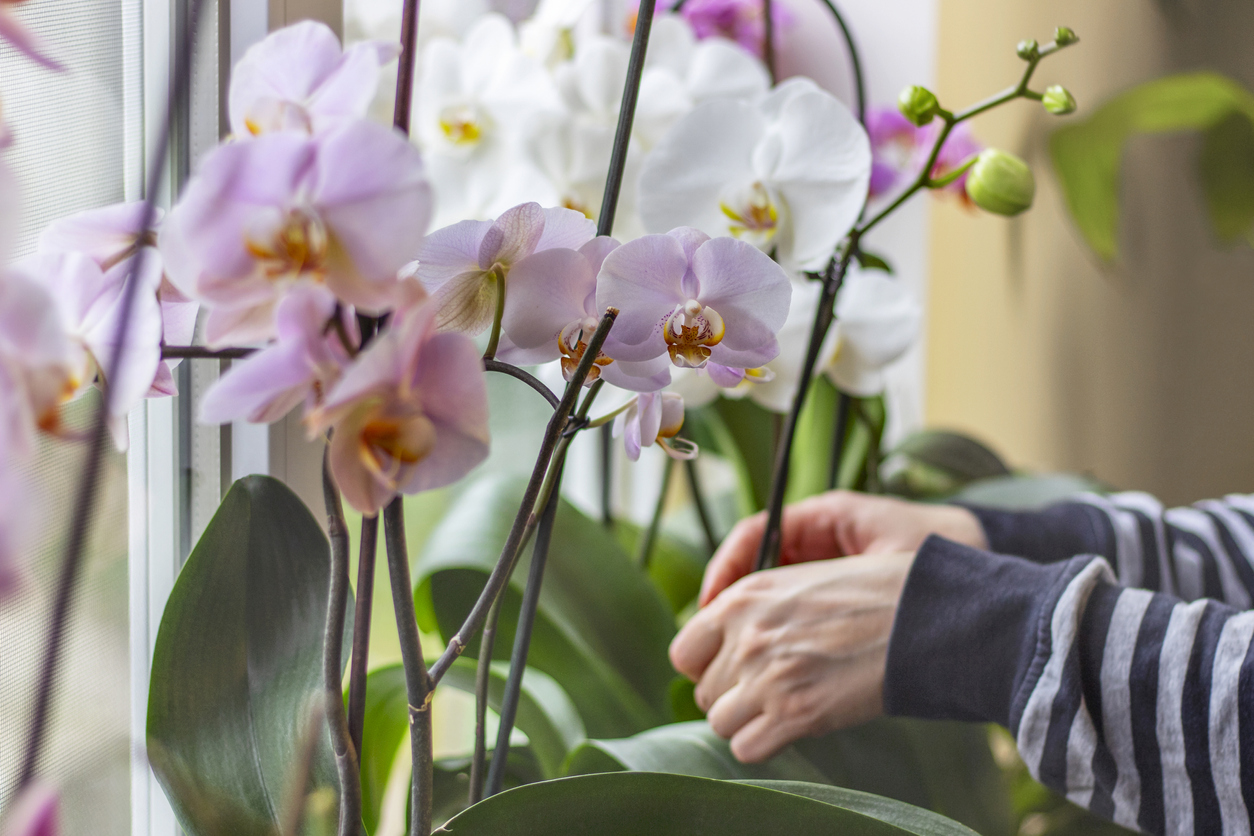
Although orchid sap has the sweet name of “honeydew,” it can “sting like a bee” if it comes into contact with sensitive skin, producing rashes or blistering. Fortunately, orchid pollen is sticky enough that it generally doesn’t “float like a butterfly” to cause any inhalation issues. Allergy sufferers still should be able to grow this flowering plant if they are careful to handle it with gloves.
4. Ivies
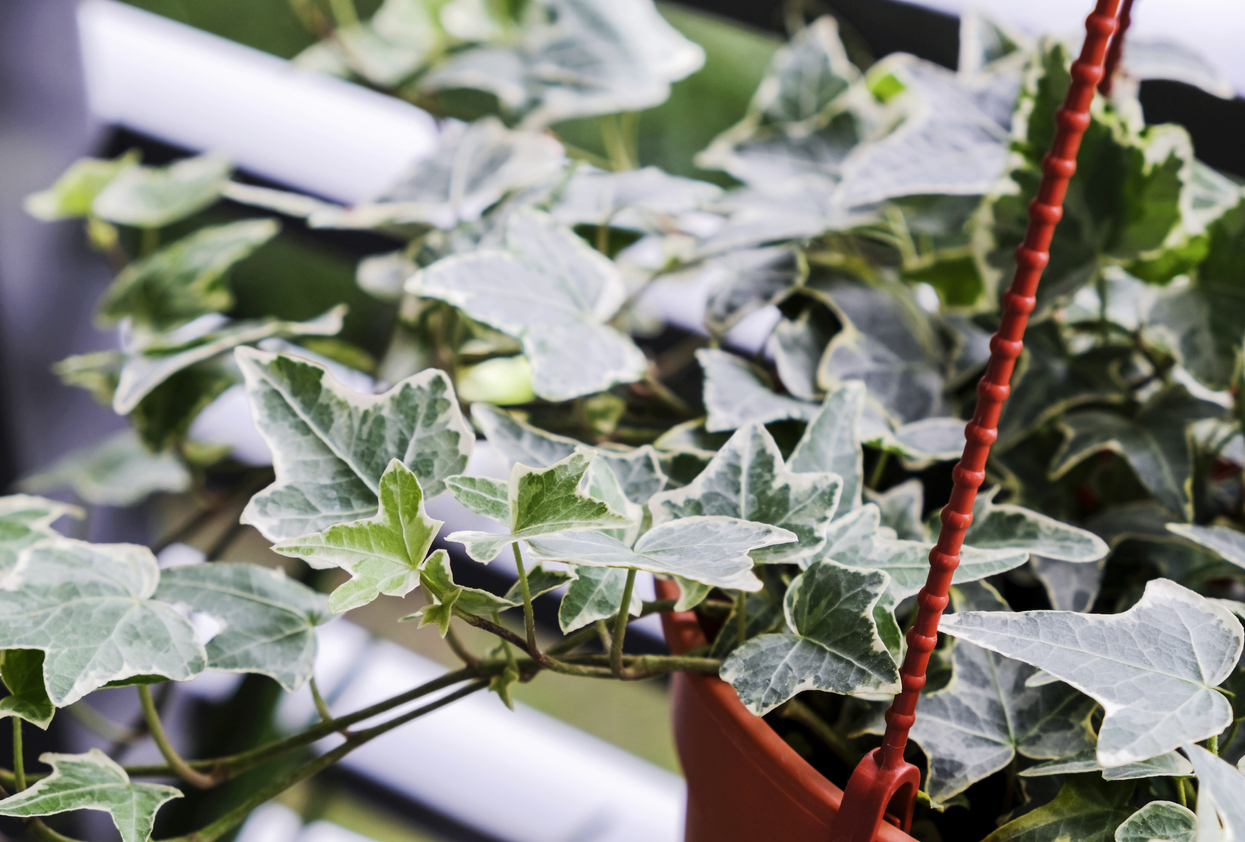
English ivy (Hedera helix) and Algerian ivy (H. canariensis) aren’t poison ivy (Toxicodendron radicans), but they may as well be for people who are sensitive to the falcarinol in their sap. The substance can cause blisters on the skin in gardeners who may get an unwelcome ivy leaf education while trimming the plant! To avoid learning the hard way, wear plastic gloves or gardening gloves while pruning these vines.
5. African violets
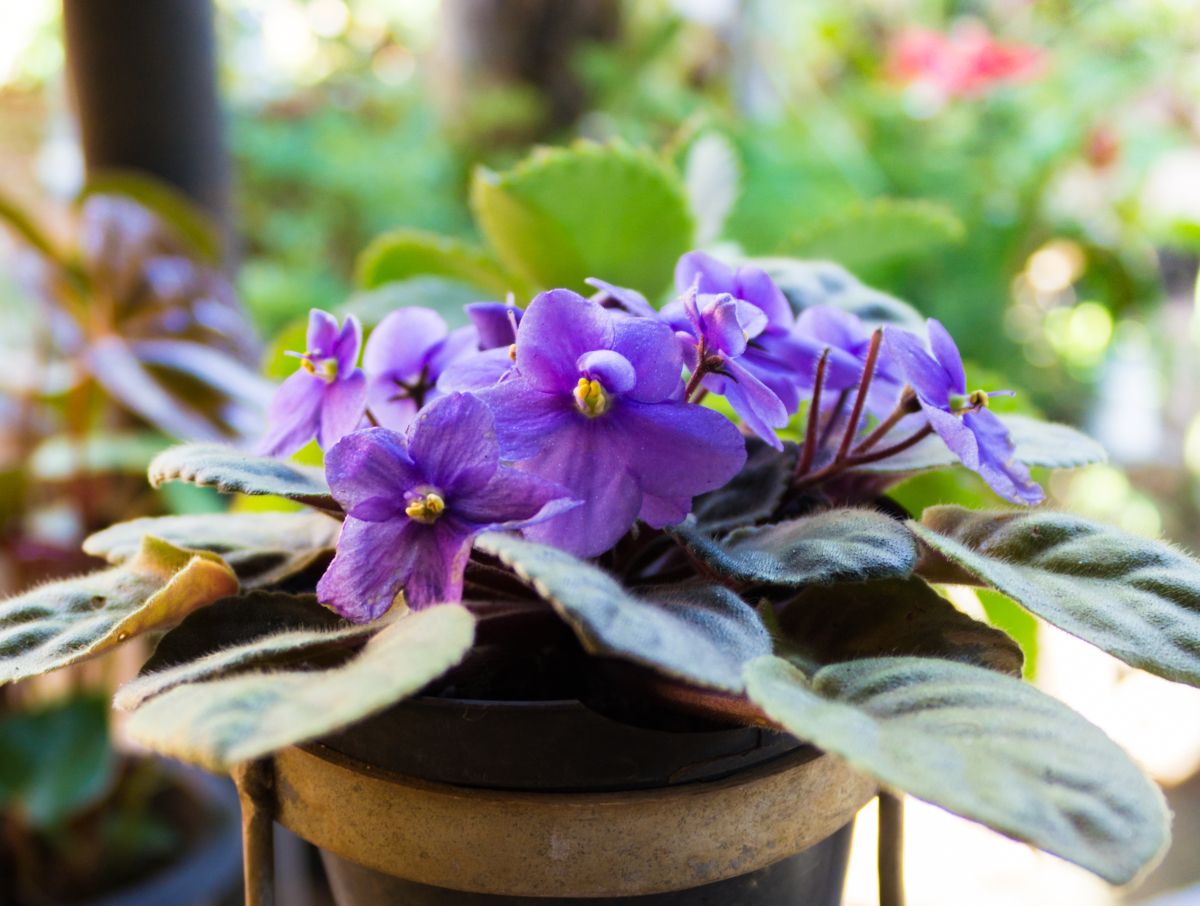
Often associated with grandmothers (who might collect as many of the plants as they do knickknacks), African violets aren’t high pollen producers. Like knickknacks, however, they are dust catchers due to the velvety texture of their leaves. So, people with dust allergies should probably avoid such “warm and fuzzy” plants, which are unfortunately not as easy to clean as more glossy-leaved types.
6. Chrysanthemums
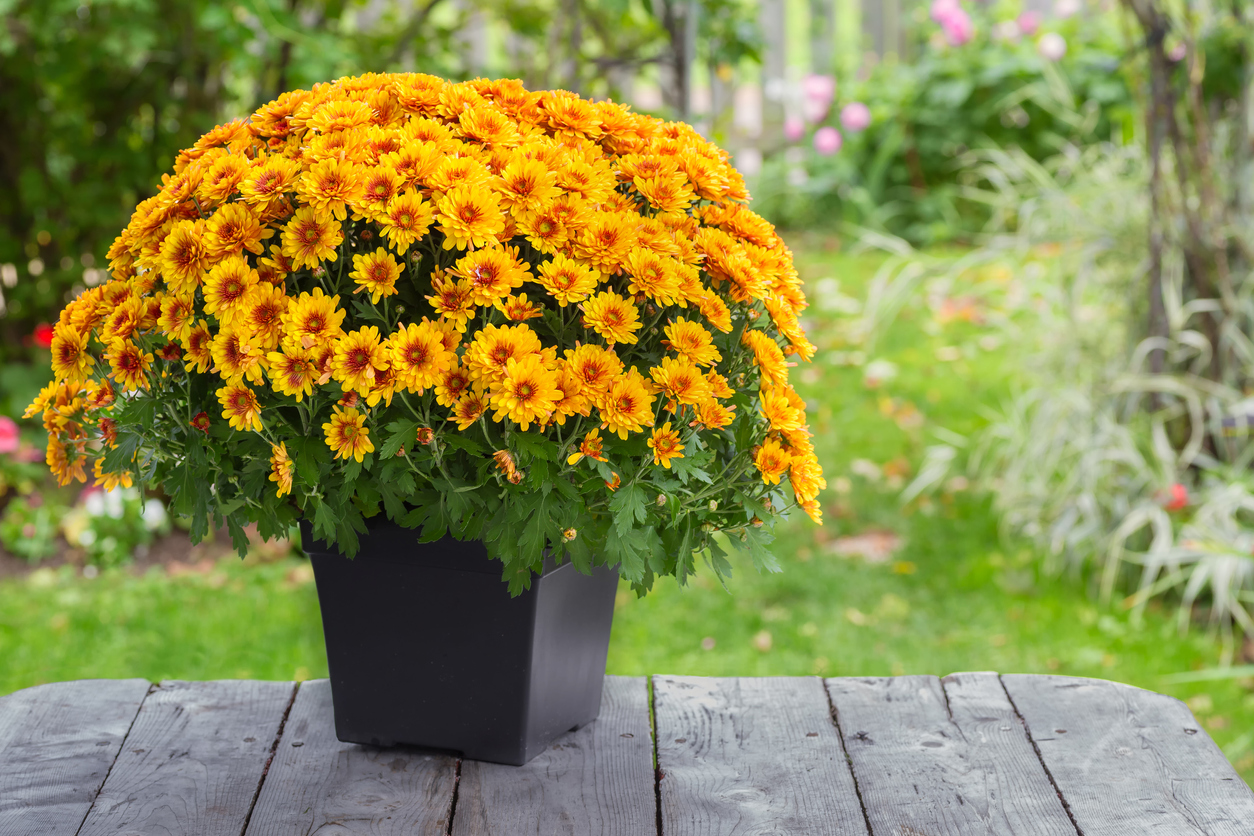
People who always sneeze at chrysanthemums should keep in mind that the plant is related to ragweed. So its pollen, along with other allergens present on the flowers and leaves, can cause some of the hay fever symptoms often associated with its more raggedy cousin. Also, chrysanthemum foliage may raise rashes on the skin of those who frequently handle the plant. For some indoor gardeners, mum is not the word!
7. Palms
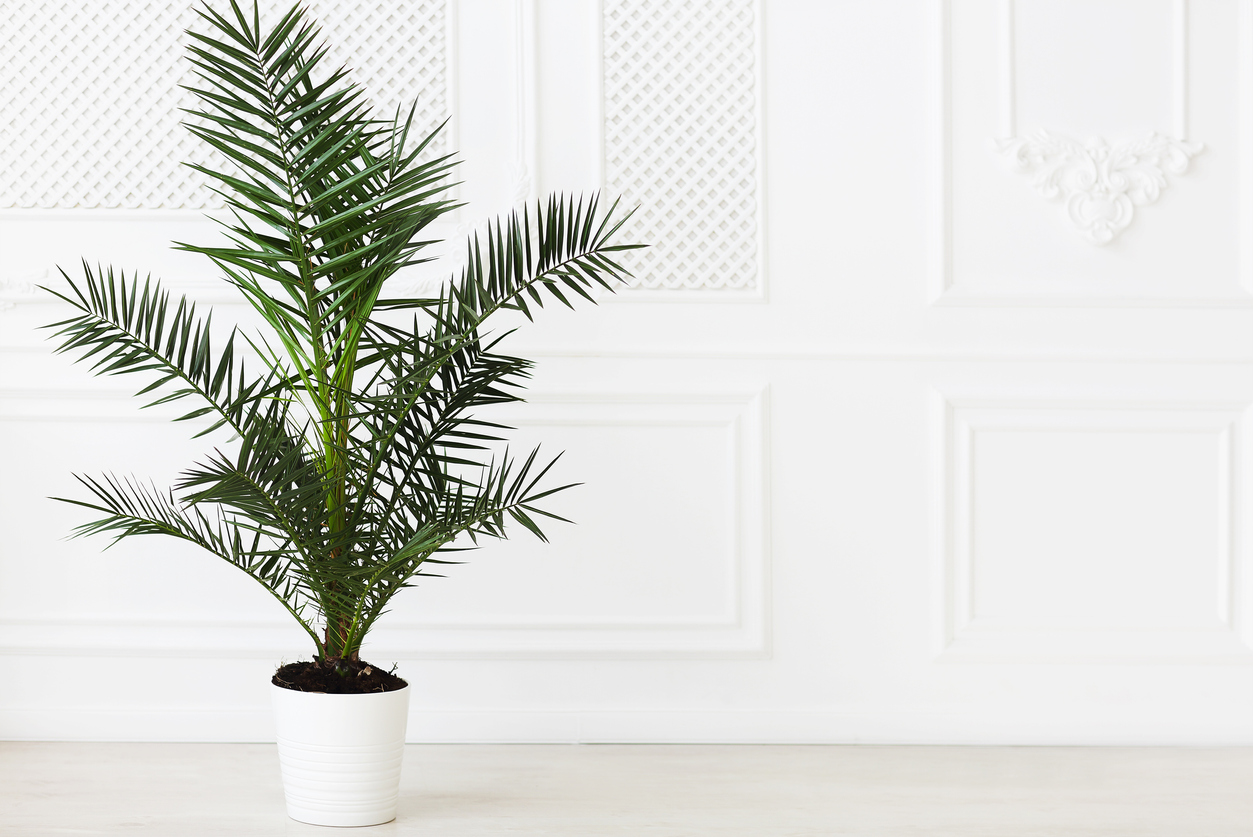
An allergy sufferer who owns a male palm plant may want to palm it off on a less sensitive friend. Although not all palms bloom indoors, the pollen can be profuse in those that do. Only male plants produce pollen, so female palm plants are usually more tolerable. However, keep in mind that even lady palms aren’t always ladylike!
8. Junipers
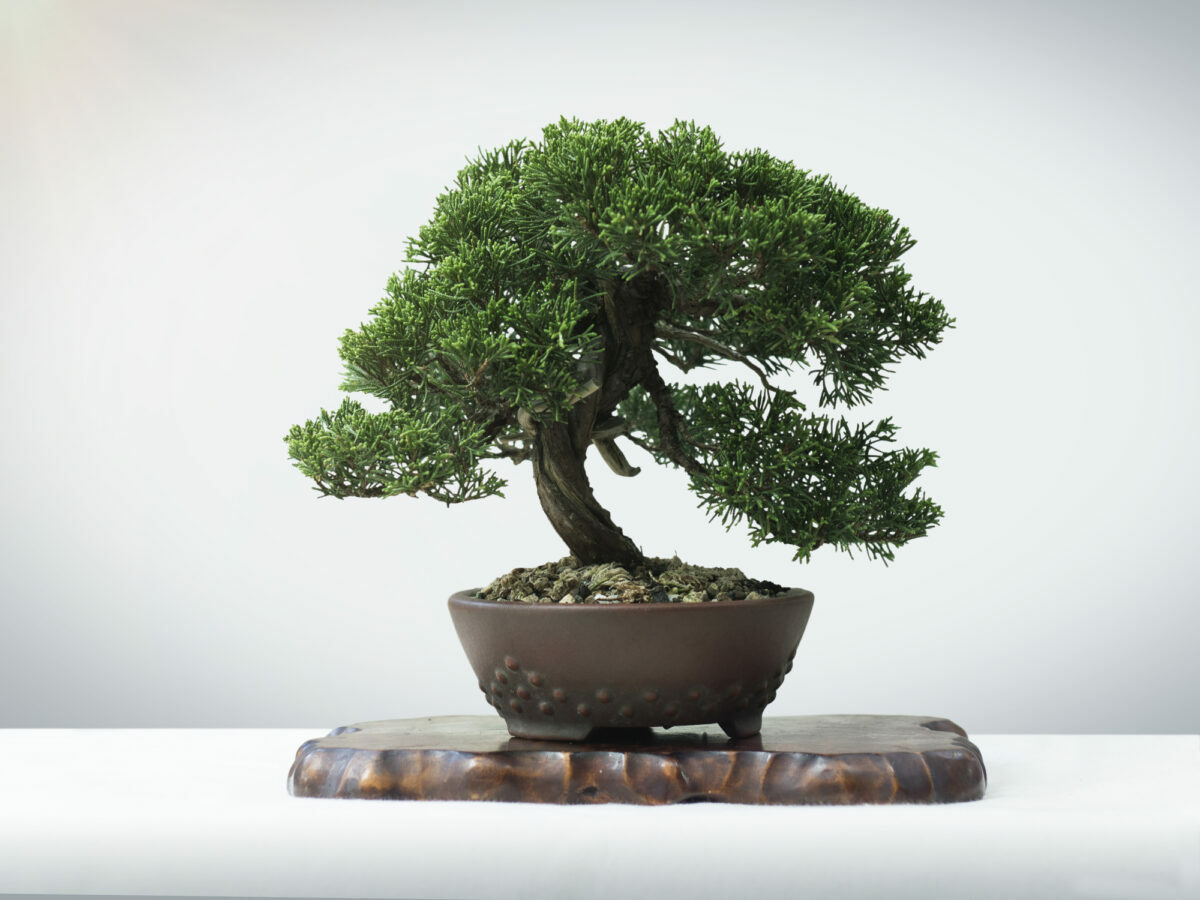
Although not often grown indoors, juniper occasionally shows up in a home as a bonsai tree. Any bonsai junipers intended for indoor use should be female plants that don’t produce pollen cones, since juniper pollen is so fine and fast spreading that it reportedly can cause hay fever symptoms in up to half the population—including even people who generally don’t suffer from allergies.
